I inhereted the following planes from my Dad, who said they were passed down to him. I have no idea how old they are. I'm interested in using the planes, not selling them. Hand planes are new to me, so I'd like to ID what I have, and also figure out how to set them up properly. I tried setting up the smaller plane, but I can't seem to get a consistent shaving across the width of the blade no matter how much I adjust the lateral adjustment. It seems like it's just 'crooked'. I have read until my eyes bled on planes, just can't seem to figure it out...thought you guys could help.
First, the ID portion. First plane is 22" long, 3" wide, with a 2 1/2" blade at the widest. It has a corrugated sole. Here are some pictures...
The blade says "OR Chaplin's Pat's Tower & Lyon New York May7'72 July 4'76". That's the only ID marks this plane has on it.
Second plane (the one that cuts crooked) is 9" long, 2 1/4" wide with a 1 3/4" wide blade. The only ID marks on this one is No. 3 by the front handle. Pics of this plane...
Any and all help ID'ing these planes would be great. I figure once I have them ID'd I can begin further research on how to set them up for best performance. However, any help on that would be greatly appreciate as well. Thanks!




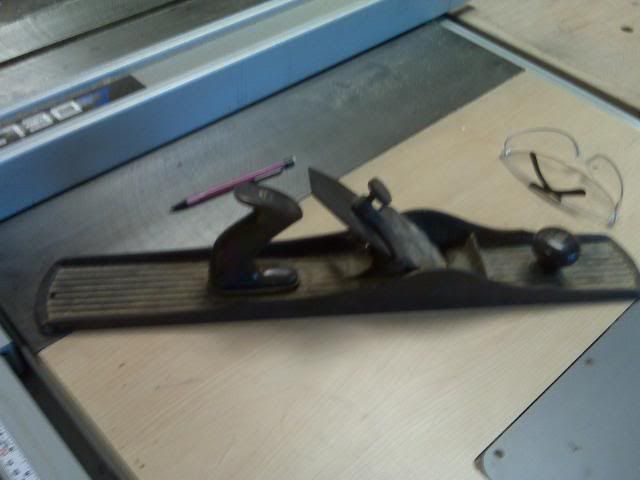

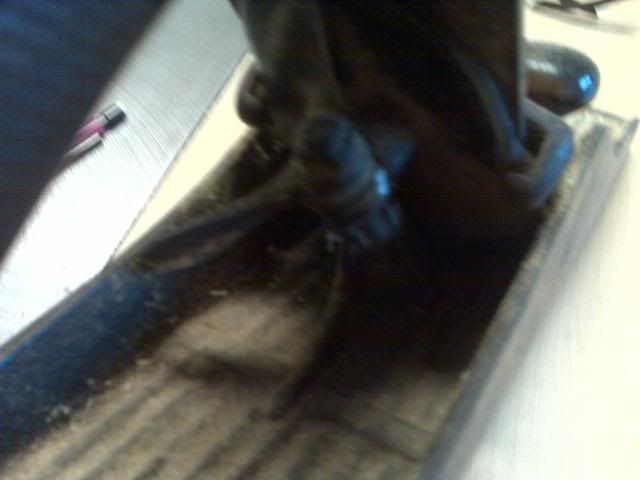
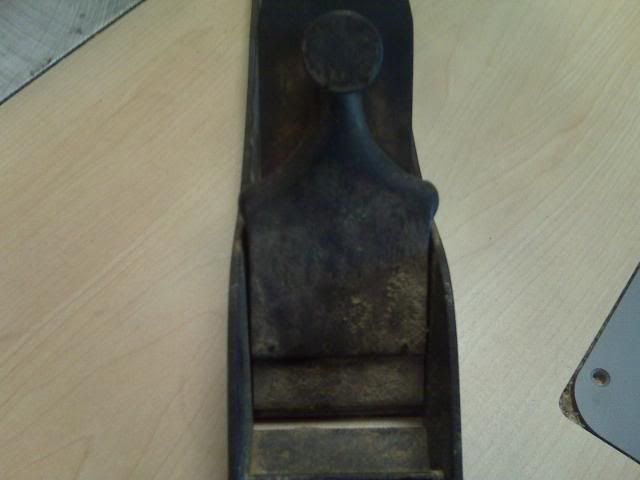
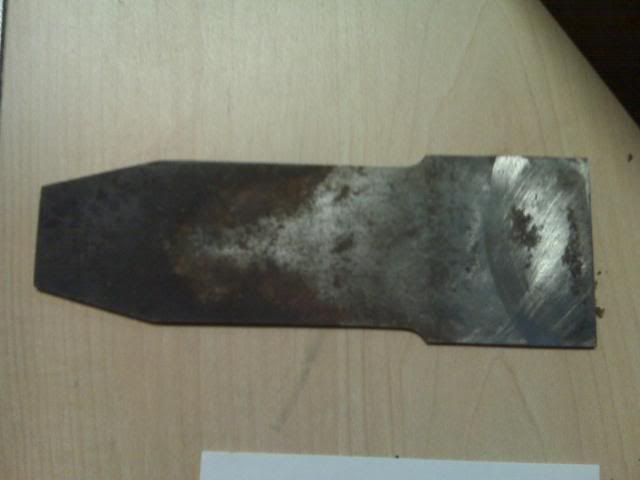

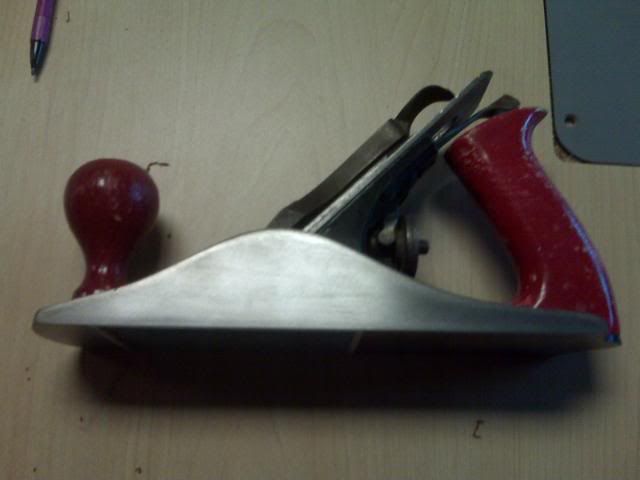

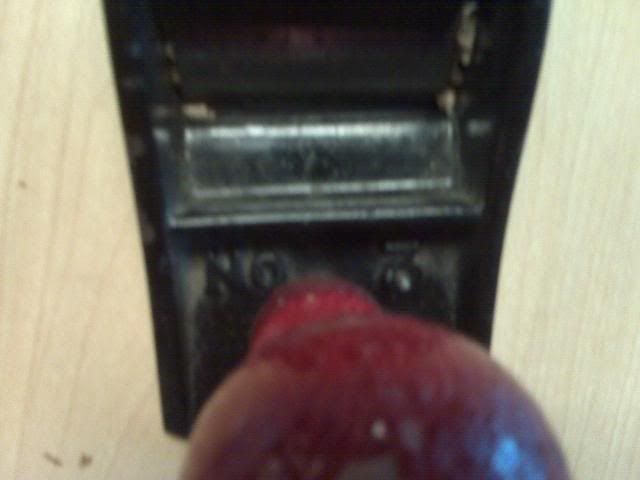

 Reply With Quote
Reply With Quote


